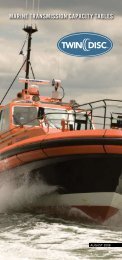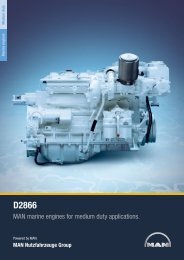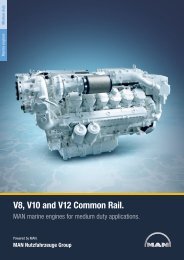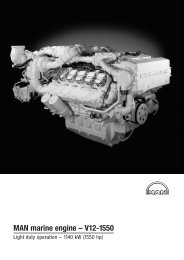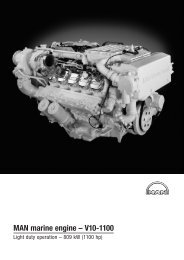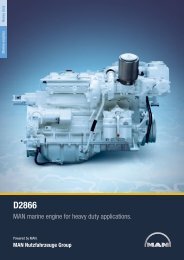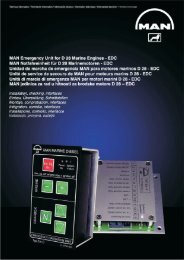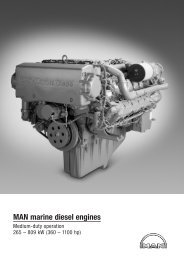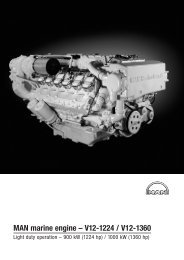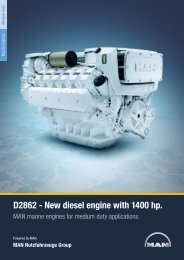Download
Download
Download
- No tags were found...
You also want an ePaper? Increase the reach of your titles
YUMPU automatically turns print PDFs into web optimized ePapers that Google loves.
InstructionsImportant instructions which concern technical safety and protection of persons are emphasisedas shown below.Danger:This refers to working and operating procedures which must be complied with inorder to rule out the risk to persons.Caution:This refers to working and operating procedures which must be complied with inorder to prevent damage to or destruction of material.Note:Explanations useful for understanding the working or operating procedure to beperformed.Fitting flat seals / gasketsFlat seals / gaskets are often inserted with sealing agents or adhesives to make fittingthem easier or to achieve better sealing. Flat seals may slip in operation due to the “sewing-machine”effect, in particular if they are used between parts with different rates of linearexpansion under heat (e.g. aluminium and cast iron), and leaks may then occur.Example:the cap of the front crankshaft seal. If a sealing agent or an adhesive is used here the flatseal will move inwards in the course of time as a result of the different expansion rates ofthe materials. Oil will be lost, for which the shaft seal may be thought to be responsible.Flat seals / gaskets can be fitted properly only if the following points are observed:D Use only genuine MAN seals / gasketsD The sealing faces must be undamaged and cleanD Do not use any sealing agent or adhesive – as an aid to fitting the seals a little greasecan be used if necessary so that the seal will stick to the part to be fittedD Tighten bolts evenly to the specified torque6




